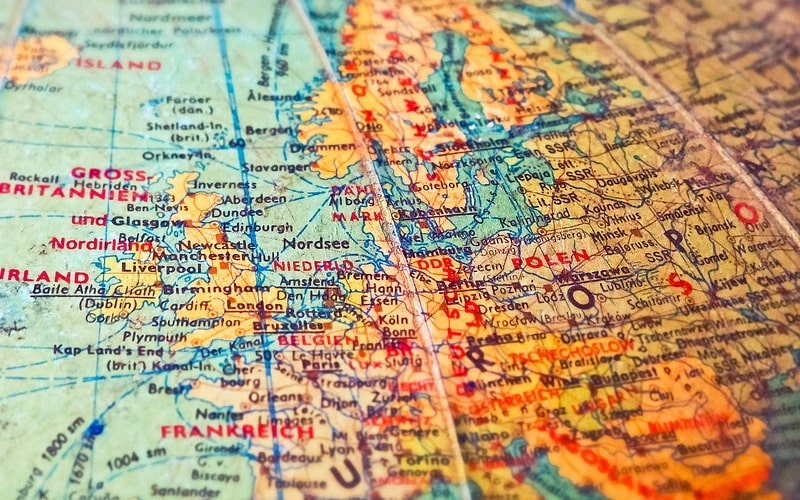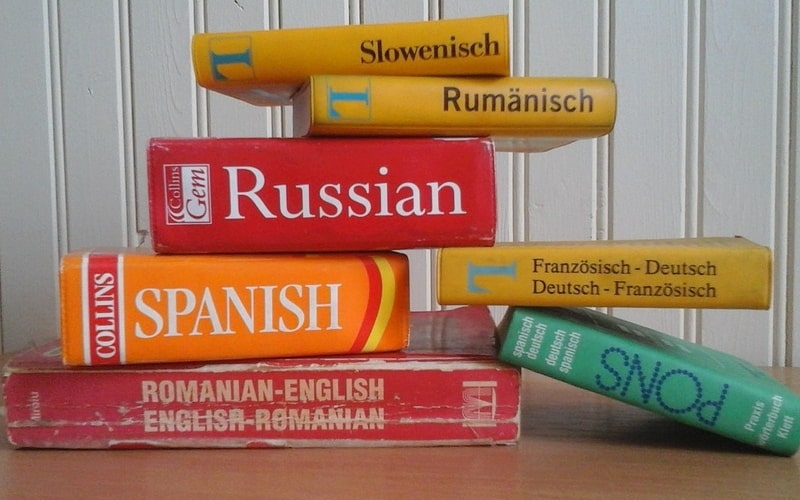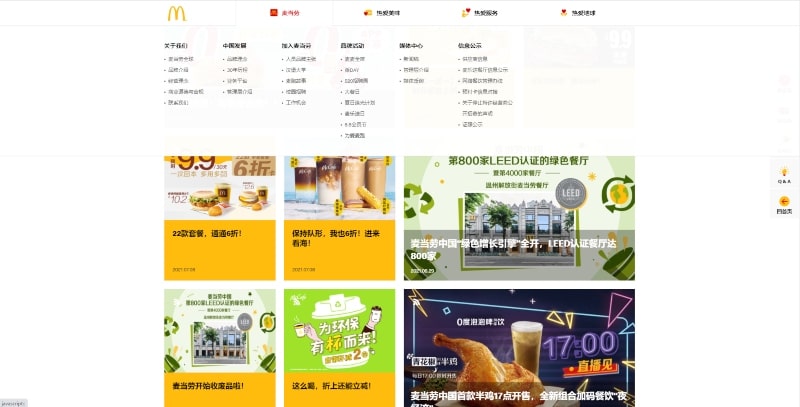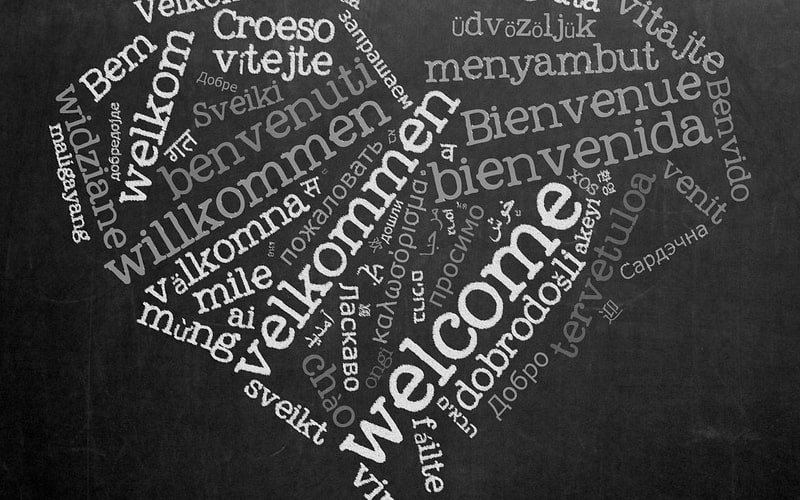
To tell you the truth, this topic has no secrets or uncommon knowledge. And when it comes to “why must I translate my site?” there can be no answer except for “money”. Thank you for reading, I hope to see you next time!
Okay, if you are here that means I must elaborate on this problem. The article will give you a detailed explanation on the main reasons for website localization, why site translation can lead to a profit boost, why localization doesn`t equal translation, and what can be your course of action.
Localization, Business, and Statistics

As was stated earlier, localization is a great tool to help your business. Unless your income is generated by some local cafe or service. If you are not planning to go global, there are not as many reasons for you to translate your site into other languages. Of course, you can, let’s say, run a non-profit website, dedicated to preserving all of the more than 6,000 languages in the world.
But in most cases localization is done out of pure pragmatic reasons. So, how exactly can it help you? Statistics by Common Sense Advisory states that 65% of the respondents prefer internet content made in their language. 73% of respondents read product reviews only in their own language. And 40% of internet inhabitants won`t buy products from sites that are not translated into their native language.
Not to mention that some of the promising markets, namely: Colombia, Mexico, Oman, and Saudia Araby have extremely low English penetration. And so, if you are planning to expand your business into other markets you must make a translation, otherwise, your business has low chances of success.
Another reason for this is the problems you might encounter in SEO. How Search Engine Optimization works is that Google, Bing, and others don`t just index your site based on their quality, but also by how relevant it is to the region the search is made from. Localized sites have much better chances to appear on the first Google page.
And the most important one. The competitive factor. You see, even that tiny difference of translations available can become a cornerstone of someone`s decision if they choose your site or another. If you have a translation advantage over your competitors, that’s great. But if it is the other way around, you are in trouble. You already lost some positions despite you haven’t done anything wrong.
The competitiveness of the global capitalistic market is merciless indeed.
Why Translation Doesn`t Equal Localization

Only 25% of Internet users are native English speakers. But despite this 40% of all sites on the Internet are in English. Translation refers to the process of turning the available text into another language. But when it comes to localization, there is more to it. And that kind of process is more than meets the eye.
For example, you need to make a Hebrew or Arabic translation available. And this simple request already makes you adjust the layout of the site as both of these languages use a right-to-left language system in oppose to the Latin or Cyrillic left-to-right one. Oriental languages, such as Japanese or Chinese can use an LTR system, but they also can align the text vertically.
Not to mention if your site doesn’t support Unicode then the text you are trying to translate to will turn unrecognizable. Luckily UTF-8 has become a standard in web development.
And also you need to take into consideration cultural aspects of the country you are supposed to show your site to. For example, China has a ban for the depiction of skeletons, blood, and violence, (though there are exceptions, for example, fossils are free from that ban). Arabic countries do not depict pigs as they are deemed unclean beasts.
Depending on the materials your site presents, local legislation can be quite strict. Not to mention the cultural differences when it comes to promotion on the web. Another thing your site should practice is that most of the people presented in the photos should have a look, based on the local culture.
Take a look at English…

…and Chinese website of McDonald’s.

Stark difference! But what caused that? Well, from the western perspective Chinese McDonald’s site looks like it came from the early ‘00s. It looks overloaded and has lots of hyperlinks. So, is it outdated? The answer is no.
In fact, oriental sites have their own logic behind the design. Japanese, Chinese, Korean, and a number of other languages are character-based, unlike western alphabetical languages. It means one symbol can have a meaning of an entire word, but there are thousands of them. You can’t place everything on the keyboard and so the process of typing can be quite troublesome for them.
But if your site has everything you need on the main page and lots of hyperlinks, it becomes easier to navigate. Also, European and American-oriented sites have all that “accept our cookies” and “subscribe for our newsletter” pop-up windows. And the reasons for this are mostly legal, sometimes commercial. This is not the case for many different regions of our planet. Even in Eastern European practice, it is a rarity.
Your Options for Website Localization

“When it comes to localization, what options do I have?” Well, depending on your budget, the way your site is built, the market you want to reach and many other factors there are some variations. If you are a WordPress user, you have access to an abundance of plugins. A little helping tools that make the site-building process a lot easier. Among them, there are ones, which were built specifically for localization purposes.
For example, Multilanguage by BestWebSoft. It allows for both manual and automatic translation of the site pages, supports Unicode, and has an option for RTL languages. In addition, both pro and free versions have a lot of additional functions.
If your site is custom-built, not supported by any major CMS, you need expert help from localization teams. They usually work with the HTML files of the site. Depending on their competence they might suggest not only the text translation but also cultural adjustment to the site content like the above-mentioned ones. Some of them hire people all around the world and the translation made by the native speaker is usually of much better quality.
However, if your site is just a visiting card, or consists of one page only, cheaper and quicker options are preferable. In that case, all you need to do is to add a button that switches languages. All the correspondence with the translator can be done via email.

Conclusion
For the small local business, localization might be an unnecessary luxury. But when you go global, it might be a necessity. The process for localization is not as easy as just throwing your text into a CAT machine like Google`s one. It has to comprehend all the cultural and regional aspects. In most cases, your site design would need an adjustment or a complete revamp.
When it comes to picking the tools you will use, you have an option of WordPress plugins, translation agencies, or freelance translators. Depending on your circumstances the optimal solution can be different.

